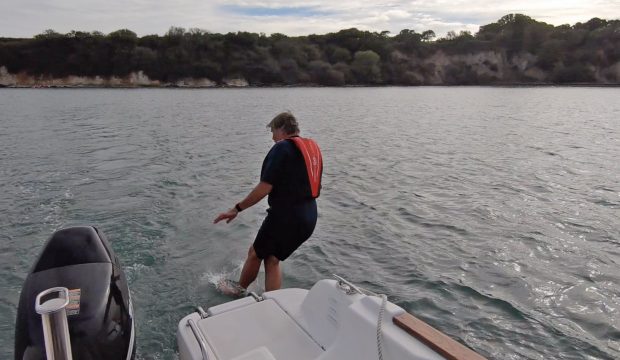Find out where relevant companies and associations stand on the issue of kill cord safety
RNLI
Do you think the current design of the kill cord could be improved upon and why?
As an organisation whose expertise lies in the manufacture and maintenance of lifeboats (of which no kill cords are fitted; see Q3) we are not in a position to comment on the technicalities of kill cords.
Which of the six readers’ suggestions do you favour?
Again, as an organisation that does not manufacture kill cords we would be reluctant to comment on any replacement or alternative. However, of the six options presented, the RNLI would always support training and more importantly increasing an individual’s risk awareness so that they think it is something that could happen to them and therefore want to actively engage in the proper use of kill cords to prevent any serious harm.
Would you consider using one of these systems on your engines/boats?
The RNLI doesn’t use kill cords on our inshore lifeboats because, when the boats are operating in surf, there is a greater risk that movement from the crew could inadvertently cut the engine/s and put the crew in danger. However, the throttle of the D class inshore lifeboat is sprung so that should the crew go overboard, the throttle will return to idle.
Do you think customers would be prepared to pay more for a safer, more user-friendly solution?
The RNLI in its advice has never tried to recommend how or what people should spend their money on, but instead focus on giving practical advice based on facts, allowing the boater to make an informed decision on the best boating safety equipment for their type of boating and competence. Research has shown that individuals will act if they understand the true risk and consequences so the RNLI aims to raise an individual’s risk awareness, ensuring they can then make an educated decision about whether to use a kill cord and which one is suitable for their boat and competence.
How would you like to see things develop from here?
The RNLI along with key partners would like to reduce the number of fatalities and serious accidents by educating people so increasing their risk awareness around water-based activities and encouraging people to take personal responsibility. This includes undertaking training to become competent in their sport, carrying and utilising safety equipment including lifejackets and kill cords and undertaking basic checks and good safety practice as daily norms.









